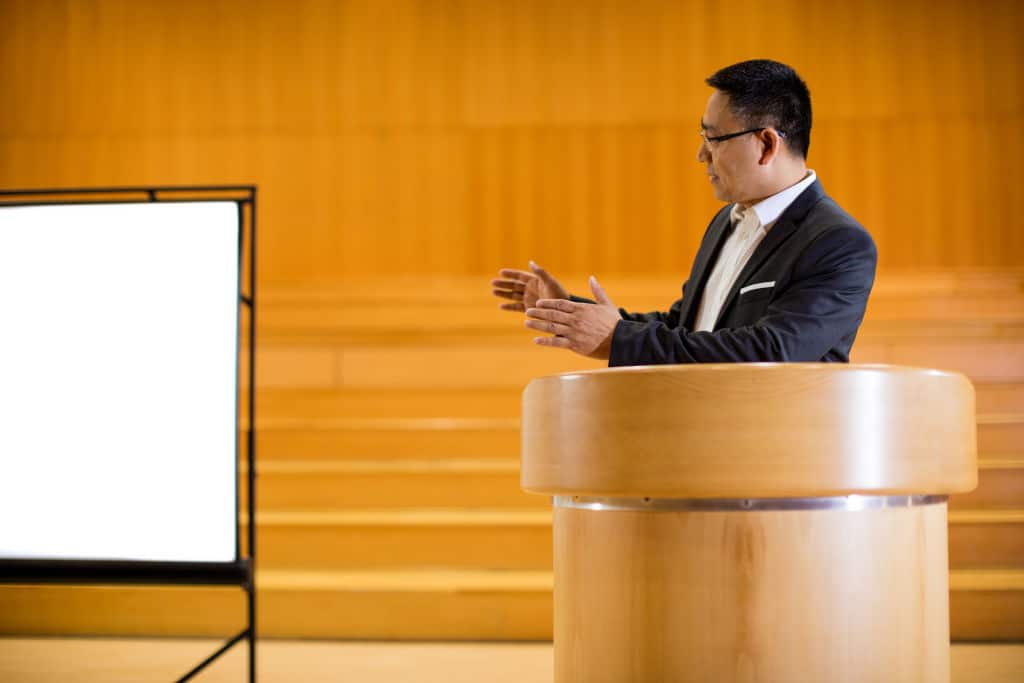In today’s world, many people rely on technology to conduct business, communicate, and even interact socially. The legal sphere is not left out of these technological advancements. We now have virtual trials, online case management, and the use of forensics and legal animation in court cases.
Ever since these developments, the US court system has witnessed grandiose developments and more ease of proceedings. In this article, attention will be given to the trial courtroom today in view of legal animations.
Delta Flight 191 Crash: The Crushing Tragedy That Formed The Stepping Stone for Legal Animation
Certain issues go beyond words. No doubt, the courtroom has seen different eloquent speeches, moving arguments, spirited representation, and even the depth of emotional rendition. However, legal animation presented the court with a way to visualize what cannot be said.
The significance of visualization via animations in the courtroom was first realized after the tragic Delta flight 191 crash. It was a federal civil case that saw the first use of legal animation in a US courtroom.
The Delta airplane carrying 163 passengers crashed in August 1985 a mile from the runway. It was attempting to land at Dallas-Fort Worth Airport, after becoming entangled in a wind vortex.
In that crash, 128 passengers, eight crew members, and one person on the ground lost their lives. Sadly, there was also significant property damage.
In the subsequent trial, complex issues and technical details were explained to the jury using computer-generated animations. This helped avoid overwhelming them with abundant evidence.
The US government provided the court with a 55-minute computer-generated presentation. This included forensic animations to illustrate the nuances of each piece of evidence. For this case, the animations were developed using ground radar data and the Delta 191 radar’s design capabilities.
This case marked the beginning of legal animation’s journey in the trial courtroom. Hence, signified the beginning of a new technological era in the US trial courtroom.

Legal Animation’s Charm on the US Prosecutors After Delta Flight 191 Crash
Following the notable influence of legal animation in the Delta Flash 191 Crash civil litigation, its use subsequently spread to criminal cases. It was first seen in the homicide case involving Jim Mitchell in 1991.
In this case, Jim Mitchell was charged with the murder of his brother, Artie. The prosecution portrayed the shooting in a legal animation using ballistics and a 911 phone call from the victim’s girlfriend.
Following this case, there have been tons of developments in the trial courtroom, both in civil and criminal jurisdictions. The courtroom is still developing and is yet to see the most of all that technology has to offer. Still, it would definitely adapt to the functional components of technology as they relate to the justice system.
Transcendental Changes in the Trial Courtroom Since Delta Flight 191 Crash
To say the law has finally come to terms with the impact of visualization via animation in the courtroom is a gross understatement since the effect is resounding and effective in every respect.
In the 21st century, one of the most iconic ways to foster learning and understanding is through the introduction of videos. No doubt, most people are used to this method of learning, especially when it comes to complex matters.
Therefore, it is not surprising that a legal animation is an effective tool in fostering understanding in jurors when considering complex matters.
It is no news anymore that most jurors usually aren’t experts in the technical aspects of a case since they are traditionally laypersons. Hence, the best way to help them is to devise a means that fosters an understanding of all the nuances of the case.
This way, whatever their decisions may be, they come from a place of deep comprehension and confidence in their agreements on the matter.
Mechanism of Injury
Aside from fostering understanding in difficult cases, legal animation has also greatly increased the value of verdicts. It achieves this by visually portraying the mechanisms of injury.
With the help of medical animation, a juror is not only drawn into the intricacies of the case but also the reality as it relates to the injury suffered by a person.
Therefore, the animation depicting an injury while simultaneously showing the effect the injury will have on the overall life of the victim would guide them in the award of damages and also in identifying who the at-fault party is.
Forensic Legal Animation
Another improvement that legal animation has thrown into the trial courtroom is a more evident impact of science and scientific research in reaching decisions in court. One form of legal animation that comes to mind is forensic animation.
With the help of the principles of forensic science, a proper investigation into a case is conducted. These findings are then compressed into one comprehensive animation that gives a scientific approach. Hence, a sturdy basis for the evidence to be tendered in court.
Conclusion
Since legal animation got introduced into the trial courtroom, there have been significant developments in the hearing of complex cases, scientific cases, and those involving discrepancies of fact.
Hence, it is safe to say that with legal animation, the trial courtroom’s processes are more grounded and established in justice and fairness to whoever approaches it for justice.
However, for justice to be guaranteed via legal animation, the animating studio in charge of creating these authentic pieces of evidence must be an experienced and qualified legal animation company.
Fox AE is an engineering studio dedicated to creating legal animation in varying court cases. These include car accidents, product liability, medical claims, patent infringement cases, and any other case that would require accurate visualization of the turn of events or state of things.
Our team of expert animators works closely with all parties involved in a case. We ensure we create demonstrative exhibits that stand out and greatly improve the traditional approach of using mere spoken words.





